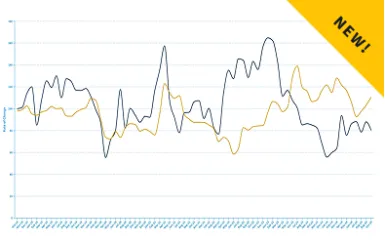RV Industry Making Changes To Address Growing Popularity Of Lithium Batteries
RVs feature two different types of batteries, an automotive battery that is used to start the engine and a deep cycle battery, that is used to power the user’s electronics.
Over the past decade, lithium batteries have become more widely used due to their prolonged service life and high energy density, while costs have declined due to increase in production volume. With the growing popularity of lithium batteries, they were added to the 2020 edition of RV industry’s adopted American National Standards Institute (ANSI) Low-Voltage Standard. To be included in RV products, lithium batteries must be listed by a third-party listing agency recognized by the RV Industry Association. The listing agency gives their independent stamp of approval which addresses thermal run-away, having a management or protection system to provide safety in situations of high/low voltages and temperatures, limiting high current output, and cell balancing.
When lithium batteries were included in the ANSI Low Voltage Standard, they were added to flooded, or lead-acid battery provisions that required all batteries located in the RV interior to be placed in vented battery compartments or boxes. This was intended to protect consumers and manufacturers if a lithium battery was ever replaced with a lead-acid battery after purchase. Lead-acid batteries that are installed in RVs require venting because of the hydrogen gas that is created when the battery is being charged. In contrast, lithium-based batteries do not vent during the charge cycle.
With the existing and continued growth in popularity of non-vented batteries, it seemed no longer necessary to place non-vented, lithium batteries in vented compartments or boxes.
As such, last month, the RV Industry Association Board of Directors approved a recommendation from the Standards Steering Committee permitting non-vented (lithium) batteries to be located inside the living space of the RV, without venting. Manufacturers who install lithium batteries will need to have multiple warning labels that educate consumers “to not replace a non-vented battery with a vented battery.” These warning labels will need to be affixed on the battery, on the RV adjacent to the non-vented battery’s location, on the inside and outside of a case or compartment, if provided, and included via a statement in the RV owner’s manual.
The RV Industry Association’s signature initiative is to promote the enhancement of safety through industry standards during the construction of RVs. The adjustments made on lithium batteries shows how the industry comes together to make best practices decisions that lead to a better manufacturing environment and consumer experience.
Photo credit: RVlove.com
Please Sign in to View
Log in to view member-only content.
If you believe you are receiving this message in error contact us at memberservices@rvia.org.

